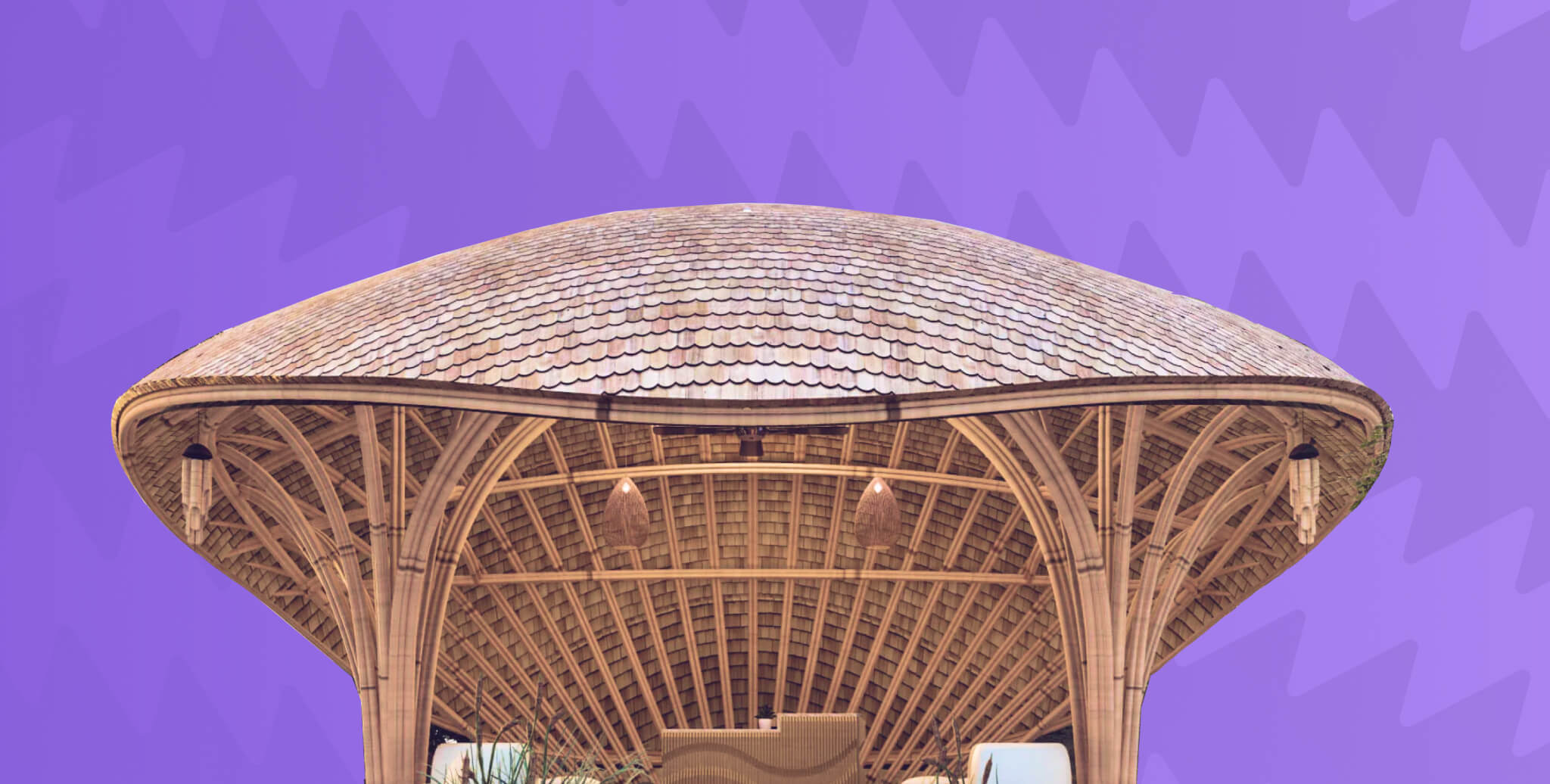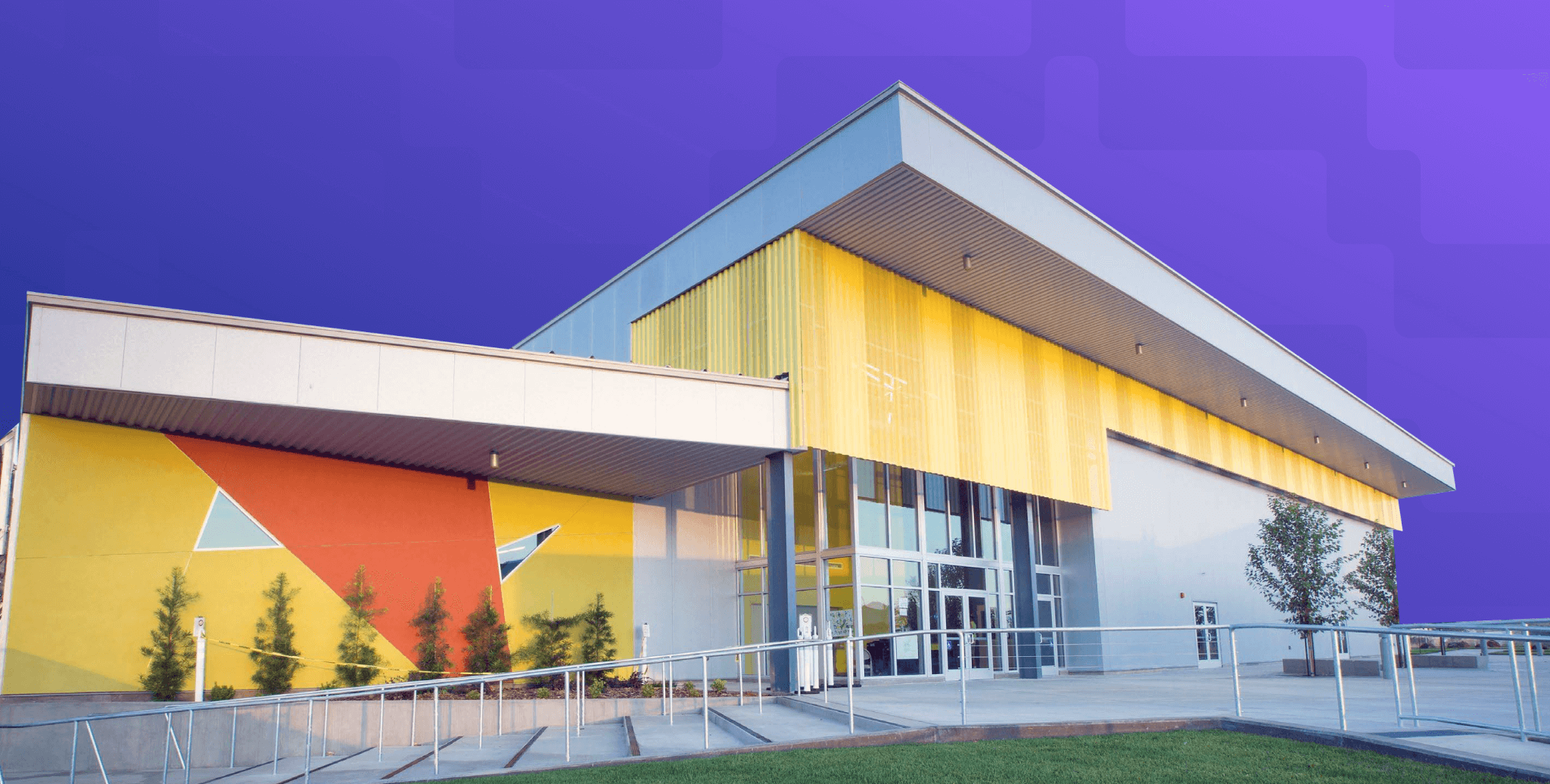The Sustainable City, Dubai: Everything you need to know in 2026

Table of Contents
Dubai is renowned for its architectural marvels that have long captivated the world’s imagination with its breathtaking structures, innovative skylines, and luxurious lifestyle. In recent years, Dubai has also become one of the popular travel destinations. This has led the city to a transformative journey towards sustainability, aiming to redefine the significance of urban living. Amid the advanced developments and famed skyscrapers, Dubai has introduced a project that stands as a beacon of eco-friendly living, known as “The Sustainable City”.
The Sustainable City is not just a project but a model for the future of urban living, presenting how cities can thrive in harmony with the environment. This blog will discover why Dubai is famous as a sustainable city and the strategies employed in its construction for a better and green environment.
Why is Dubai famous as a Sustainable City?

Dubai has larger environmental ambitions, offering a blueprint for sustainable development living. The Sustainable City project aims to provide a comprehensive approach to minimise the carbon footprint, incorporating water recycling systems, renewable energy sources, green spaces, and waste reduction strategies. Initiatives like Dubai Clean Energy Strategy 20250 aim to transform the emirate into a global hub for clean energy and a green economy. Such steps towards sustainability are some of the top reasons that reflect the city’s understanding of urban living and environmentalism.
Burj Khalifa, Al Barari, Dubai Opera, and Dubai International Financial Centre (DIFC) are some of the best buildings in the country that enfold the sustainability city concept, integrating environmentalism into its development. It includes sustainable solutions like solar-powered homes, extensive green spaces, water use reduction, indoor environmental quality, and much more.
Dubai has redefined what it means to be a modern metropolis. The city's efforts to harmonise luxury with sustainability enhance its appeal as a global tourist destination and showcase its forward-thinking approach to urban living that other cities might aspire to emulate.
Read more: Net-Zero Buildings: Guiding the Way Ahead for Sustainable Architecture
The Sustainable City Concept
The Sustainable City is a testament to the convergence of sustainable building design, architecture, and cutting-edge construction techniques where environmentalism is not only a choice but a necessity. This innovative approach emphasises the collaborative relationship between human habitation and the environment. It is more than a residential development project and represents a comprehensive approach to the buildings’ future.
1. Key Features and Principles of the Sustainable City
Sustainable City is a model designed around some essential principles, aiming to minimise ecological footprints while offering a healthy and vibrant lifestyle to the residents. Here are the key features and principles of a sustainable city:
- Water Conservation and Recycling: Water conservation is a sustainable solution achieved through innovative and unique systems for rainwater harvesting, wastewater recycling, and efficient irrigation methods. These systems ensure that water is used judiciously and recycled wherever required, significantly reducing the city's water demand and minimising its environmental impact.
- Waste Management: An effective waste management system prioritises recycling and composting the waste. The city encourages residents to minimise waste production and segregate waste at its source, ensuring that recyclable materials are processed accordingly and organic waste is turned into compost for landscaping and gardening purposes.
- Sustainable Building Design: Sustainable architecture is at the heart of The Sustainable City. Buildings are designed with materials and construction techniques that reduce environmental impact on the city. The design also emphasises more on natural light and ventilation, reducing the need for artificial lighting and air conditioning, contributing to energy conservation and less carbon emission in the city.
- Energy Efficiency: The city uses renewable energy sources, like solar energy, to power the buildings and public spaces. Rooftop solar panels are a common sight, contributing to the city's goal of achieving net-zero energy consumption and less carbon emission. Energy-efficient design and technologies further reduce electricity usage, making the community largely self-sustaining in energy.
- Sustainable Transportation: The Sustainable City promotes using Electric Vehicles (EVs), bicycles, and walking as primary modes of transport to reduce carbon emissions from vehicles. There are multiple charging stations for EVs in the city. The city also encourages walking and cycling by providing safe and accessible pathways for the people.
2. Key Facts About the Sustainable City Project
Dubai, The Sustainable City stands as a pioneering model of eco-friendly living in , emphasizing and promoting sustainability across all aspects of life. Here are some key facts about this project:
- Green Spaces and Biodiversity: Over 60% of the city is dedicated to green spaces, including community gardens, parks, and nature reserves, promoting biodiversity and offering residents spaces for relaxation and recreation.
- Zero Energy: The city aims to achieve a net zero energy balance, producing as much energy as it consumes through extensive use of solar panels and other renewable energy sources.
- Eco-Friendly Homes: Homes are designed with sustainability in mind, featuring passive solar design to enhance cooling, green roofs, and materials that minimize environmental impact.
- Carbon Footprint Reduction: By integrating green building materials, renewable energy, and sustainable waste management practices, the project significantly reduces its carbon footprint.
3. Awards Received by the Sustainable City Project
The Sustainable City in Dubai promotes eco-friendly living and urban sustainability that has gained multiple recognitions and awards. Here are the key awards that the project has received:
- Sustainable City of the Year: Awarded by various environmental and urban planning organizations, this title recognizes the project's efforts in creating a fully sustainable community that addresses environmental challenges while providing a top quality of life for its residents.
- Global Green Building Award: This award is given to projects that demonstrate outstanding contributions to green building, including sustainable design, construction, and operations. The Sustainable City received this accolade for its comprehensive approach to sustainability, setting a high standard for future developments.
- Middle East's Smartest Sustainable City Award: This award acknowledges the city's integration of smart technology and innovation in managing its resources more efficiently, enhancing the quality of life for its residents, and reducing its environmental footprint.
- Sustainable Construction Award: Focusing on the methods and materials used during the development phase, this award recognizes the Sustainable City for its use of eco-friendly construction practices, including recycling, reducing waste, and employing sustainable materials.
Strategies Employed in Designing the Sustainable City (Construction)
The implemented strategies ensured the construction of the city not only minimized environmental impact but also set a new standard for sustainable urban development. Below are some of the core strategies that have been crucial in bringing this visionary project to life.

1. Emphasis on Renewable Energy Sources
A cornerstone of the city’s design is its reliance on renewable energy. Solar panels adorn the rooftops of all residential and communal buildings, generating sufficient power to meet the city's energy requirements. This strategy not only reduces the city’s carbon footprint but also sets a precedent for energy self-sufficiency in urban design.
2. Waste Reduction and Management
The Sustainable City approaches waste management with a zero-waste goal. Segregation at source, recycling, and composting facilities within the city encourage residents to minimize waste. Organic waste is composted and used as fertilizer in the city’s green spaces, closing the loop on organic waste.

3.Green Building Materials and Techniques
Sustainable construction materials were chosen for their low environmental impact and high efficiency. Recycled, locally sourced, and non-toxic materials were prioritized to reduce emissions associated with transportation and construction while ensuring indoor air quality.
4. Water Conservation and Recycling
Understanding the precious nature of water in arid environments, the city employs state-of-the-art water recycling systems. Greywater from homes is treated and reused for irrigation, while strategically placed rainwater harvesting systems capture and utilize rainwater, significantly reducing water waste.
Read more: 7 Most Common Types of Building Simulations in Architecture to Achieve Sustainable Design
How the Project is Benefiting the Environment

The Sustainable City in Dubai is one of the leading examples of how sustainable urban development can play a vital role in combating climate change and benefiting the environment. Here are some of the major benefits, making a positive impact on the environment:
1. Reducing Carbon Footprint
The project significantly reduces its carbon footprint by leveraging renewable energy sources, primarily solar energy, for its electricity needs. The widespread use of solar panels across residential and community buildings ensures that the city generates a substantial portion of its power requirements in a clean and sustainable manner.
2. Promotion of Biodiversity
The design and layout of the Sustainable City include extensive green spaces, parks, and gardens that foster biodiversity and provide habitats for various species of flora and fauna
3. Reducing Urban Heat Island Effect
The thoughtful planning and abundance of green spaces within the Sustainable City help mitigate the urban heat island effect, a common issue in densely populated areas. Vegetation and green roofs absorb less heat than conventional building materials, leading to cooler surroundings and reducing the need for air conditioning, thus saving energy.
4. Water Conservation and Recycling
Acknowledging the importance of water conservation, especially in arid regions, the project implements advanced water recycling systems that treat and reuse greywater for landscaping and irrigation purposes.
How to Design Sustainable Structures
Designing sustainable buildings required sufficient knowledge, advanced technologies, understanding of environmental impacts, and innovative thinking. There are two crucial tools in the construction world that can teach architects how to create eco-friendly building, which are as follows:
1. Building Information Modelling (BIM)
BIM is a digital representation of a structure's physical and functional characteristics. It goes beyond traditional 2D drafting, providing a 3D model that includes detailed layers of information about the building's materials, components, and systems. This comprehensive approach allows for more informed decision-making throughout the construction process, leading to better outcomes in terms of sustainability and construction. BIM tools can simulate a building’s energy performance, allowing designers to optimize the structure for energy efficiency, natural lighting, and thermal comfort, significantly reducing its carbon footprint.
2. Computational Design
Computational design involves various parameters and algorithms to offer many more efficient design options based on sustainability and performance. Architects can explore efficient structures and construction methods that reduce environmental impact with these parameters. The best part is that it allows the simulation of various environmental conditions to understand the building's performance based on energy consumption, natural ventilation, and heat gain.
Read more: Sustainable Architecture: Everything you need to know
Conclusion
Dubai is one of the best cities and the living example of a sustainable city. This project exemplifies how thoughtful design and sustainable practices can create communities that are not only eco-friendly but also vibrant and livable. Nevertheless, in the world of urbanization and environmental challenges, the skills to design sustainable structures are more valuable than ever. This is where Novatr helps by offering one of the best courses - Master Computational Design Course for Real-World Application.
By choosing this course, you are not just learning about the latest in computational design and BIM technologies; you are also immersing yourself in the skills needed to tackle real-world challenges. The course focuses on practical application and ensures that you will be able to contribute to projects that prioritize sustainability, efficiency, and innovation, much like The Sustainable City in Dubai.
To learn more about the industry trends, you can also check our Resource Pages!
Explore the courses today!

 Thanks for connecting!
Thanks for connecting!


.png)

.jpg)





